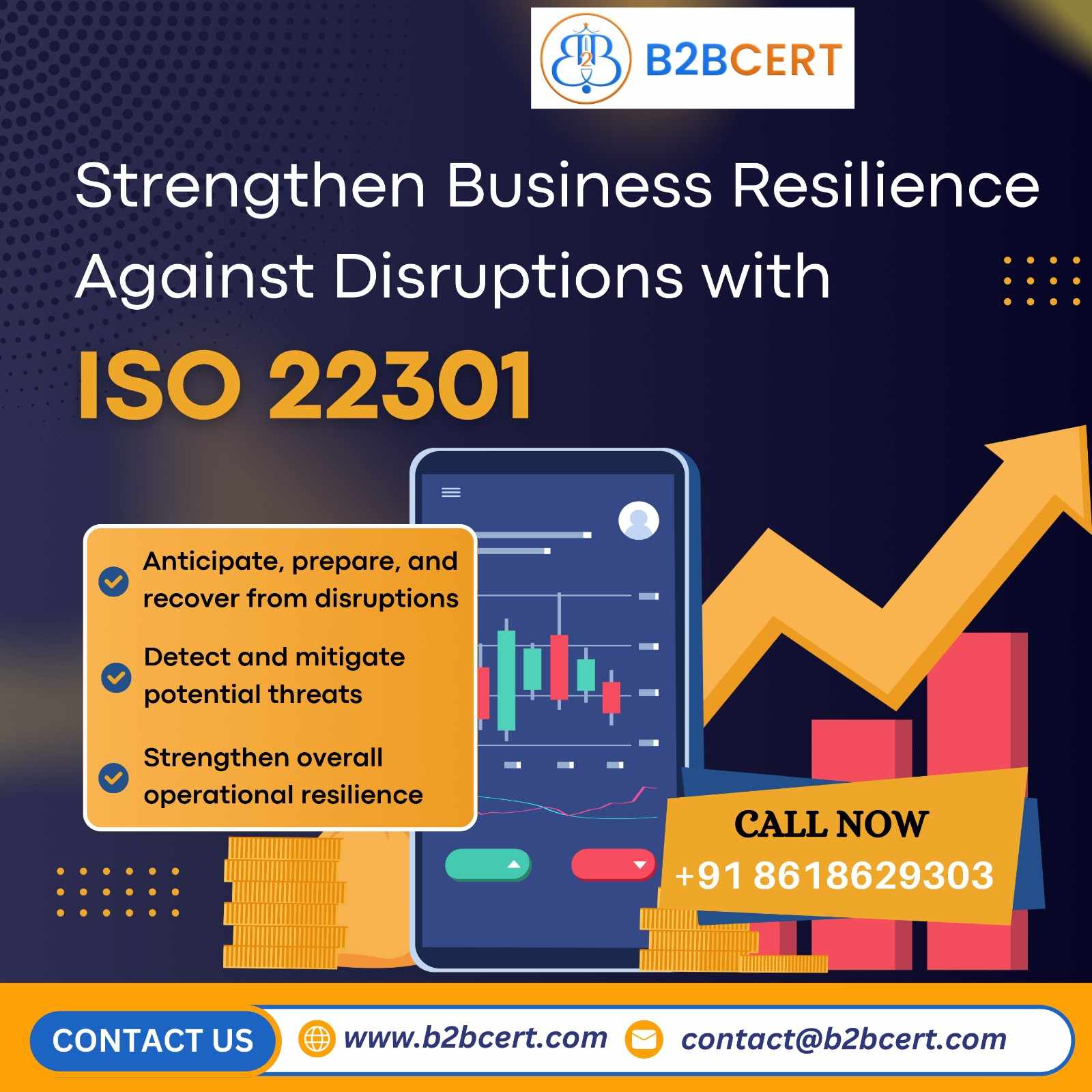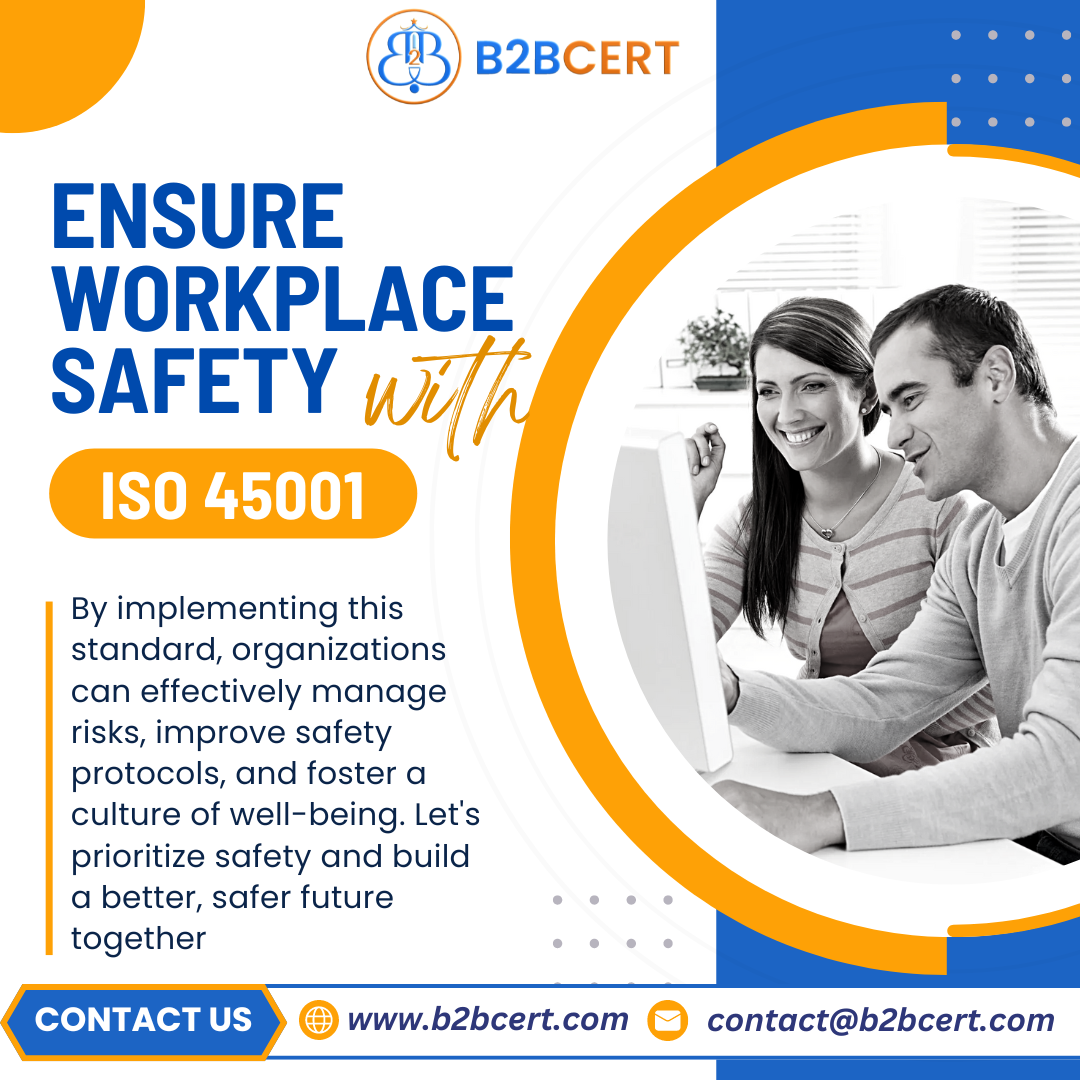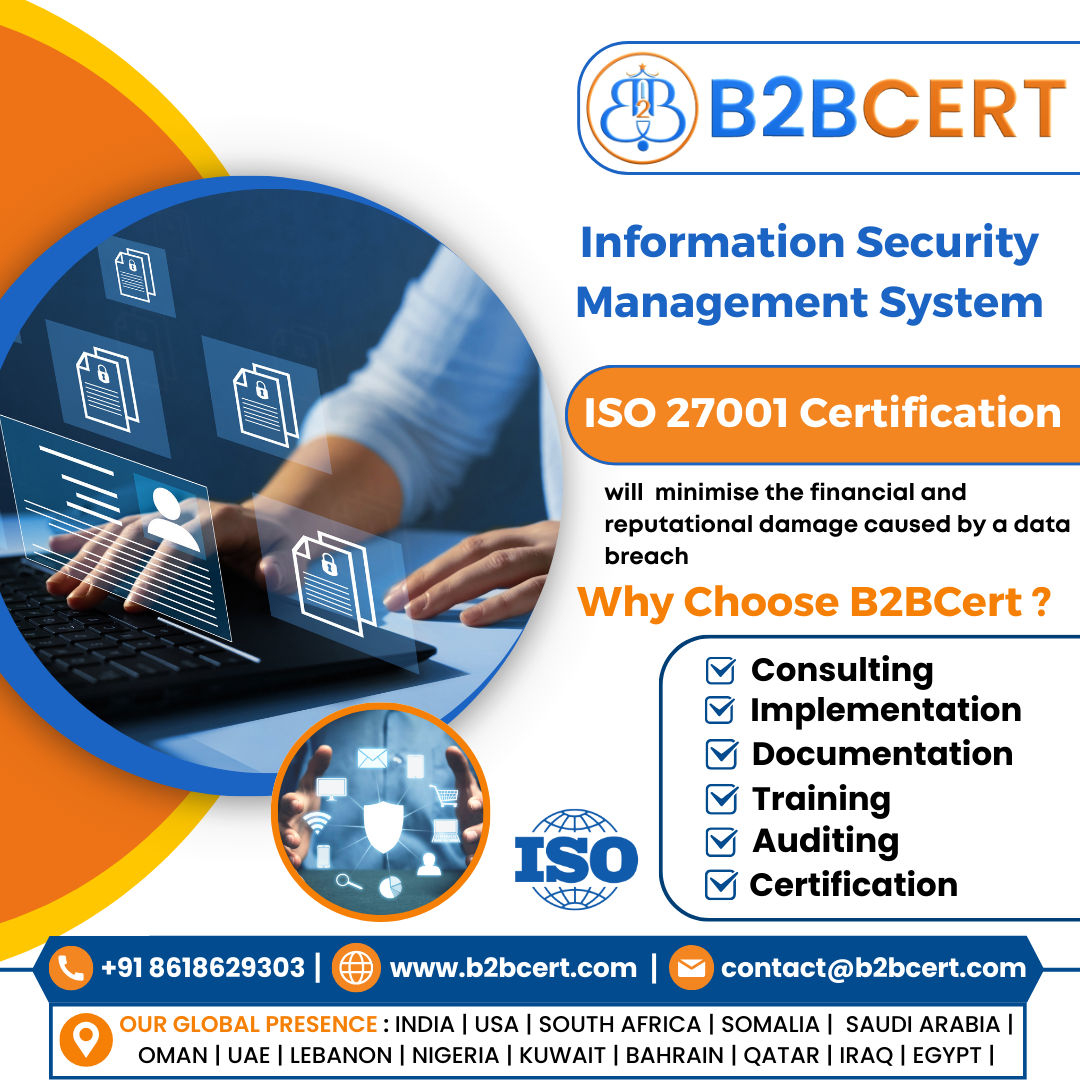In today’s rapidly changing business environment, organizations face numerous threats that can disrupt operations, affect revenue, and damage reputation. To safeguard against these uncertainties, businesses need a robust Business Impact Analysis (BIA) and Risk Assessment framework. These processes help organizations identify critical business functions, assess potential risks, and implement strategies to ensure operational continuity. Companies aiming for resilience often seek guidance from experts offering ISO 22301 Certification in Dubai, ISO 22301 Consultants in Dubai, and ISO 22301 Services in Dubai.
Understanding Business Impact Analysis (BIA)
A Business Impact Analysis (BIA) is the cornerstone of any business continuity management strategy. Its primary goal is to identify and evaluate the effects of disruptions on critical business functions. By conducting a BIA, organizations can determine the most crucial processes, resources, and dependencies that must be protected to maintain operational continuity.
The BIA process typically involves the following steps:
Identify Critical Functions: The first step is to map all business processes and determine which are essential for continued operation. For example, in a financial institution, transaction processing and customer support may be considered critical.
Determine Dependencies: Organizations must identify the resources, technology, personnel, and suppliers essential for critical functions. Understanding these dependencies ensures that the organization can quickly respond to disruptions.
Assess Impacts: The BIA assesses the potential consequences of disruptions, such as financial loss, regulatory penalties, reputational damage, and operational delays. Each impact is usually categorized by severity, helping prioritize response efforts.
Establish Recovery Priorities: Based on the impact assessment, recovery time objectives (RTO) and recovery point objectives (RPO) are defined for each critical function. These metrics guide how quickly the organization must recover operations and minimize data loss during disruptions.
Document Findings: All results are documented in a comprehensive BIA report, forming the basis for business continuity and disaster recovery planning.
Conducting a Risk Assessment
Once the BIA is complete, the organization must conduct a Risk Assessment to identify potential threats and vulnerabilities that could impact business continuity. Risk assessment involves evaluating both internal and external factors that could disrupt operations.
The risk assessment process typically includes:
Identify Threats and Vulnerabilities: Organizations must identify potential risks, including cyberattacks, natural disasters, equipment failure, supply chain interruptions, and human errors.
Analyze Risk Probability and Impact: Each risk is assessed for its likelihood and potential impact on business operations. Risks are then prioritized based on severity and probability, allowing organizations to focus on high-impact threats first.
Evaluate Controls: Existing controls and mitigation measures are evaluated for effectiveness. This helps determine whether current processes are sufficient or if additional safeguards are required.
Develop Risk Treatment Plans: Based on the evaluation, organizations create risk mitigation strategies such as redundancy measures, alternative suppliers, disaster recovery solutions, and staff training programs.
Monitor and Review: Risk assessment is an ongoing process. Organizations must continuously monitor the risk environment, update assessments, and refine mitigation strategies to respond to emerging threats effectively.
Integrating BIA and Risk Assessment
Integrating BIA with risk assessment ensures that organizations not only understand which functions are critical but also the potential risks threatening these functions. This integration enables organizations to:
Prioritize resource allocation for maximum resilience.
Implement preventative and corrective measures for high-risk areas.
Enhance organizational readiness to handle unforeseen disruptions.
A structured approach to BIA and risk assessment aligns with ISO 22301 Certification in Dubai standards, which provide international best practices for business continuity management. Organizations often engage ISO 22301 Consultants in Dubai to guide them through compliance, ensuring that their processes meet rigorous quality and safety benchmarks.
Benefits of Conducting BIA and Risk Assessment
Conducting a thorough BIA and risk assessment offers several benefits:
Enhanced Preparedness: Organizations gain a clear understanding of critical functions and potential threats, ensuring they are better prepared to respond to disruptions.
Minimized Downtime: By prioritizing recovery objectives, businesses can restore operations quickly and efficiently, reducing financial and operational impacts.
Regulatory Compliance: Many industries require adherence to standards like ISO 22301. Compliance helps avoid penalties and demonstrates commitment to operational resilience.
Improved Decision-Making: Accurate risk insights support strategic decisions and resource allocation.
Increased Stakeholder Confidence: Investors, customers, and partners are more likely to trust organizations with robust continuity and risk management strategies.
Leveraging Expert ISO 22301 Services
Organizations in Dubai can leverage expert guidance to implement effective BIA and risk assessment processes. ISO 22301 Services in Dubai provide tailored solutions for developing comprehensive business continuity strategies. By partnering with experienced consultants, organizations can ensure compliance, streamline their processes, and enhance resilience against disruptions.
In conclusion, conducting a robust Business Impact Analysis and Risk Assessment is not just a regulatory requirement but a strategic necessity. Organizations that proactively evaluate critical functions, assess risks, and implement mitigation strategies can withstand disruptions and maintain business continuity. With the support of ISO 22301 Consultants in Dubai and specialized ISO 22301 Services in Dubai, businesses can build resilience, safeguard operations, and ensure sustainable growth in an unpredictable world.





Write a comment ...